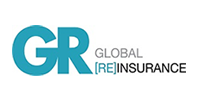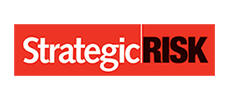Equitas reports small increase in surplus
If you are already registered, please sign in here
Register now for unlimited access

For continued access to free content on the website please take a few moments to register, or sign in if you have already registered.
- Keep up to date with the latest industry news
- Sign up to enewsletters
- Create a profile and post comments on stories



